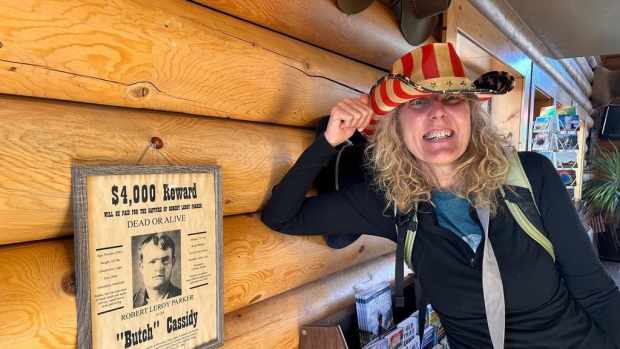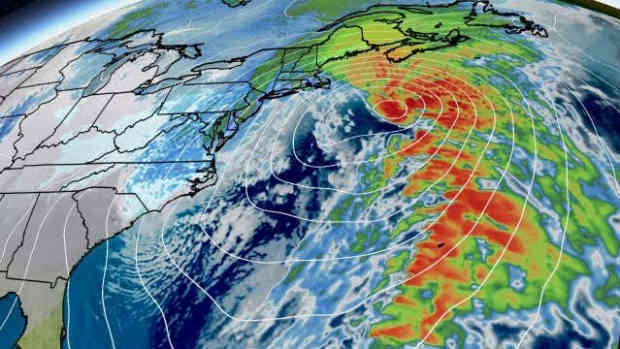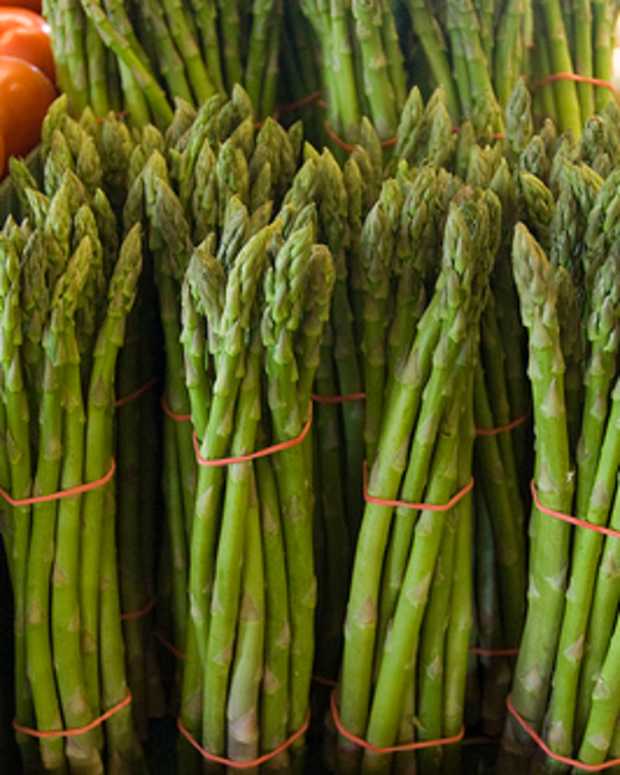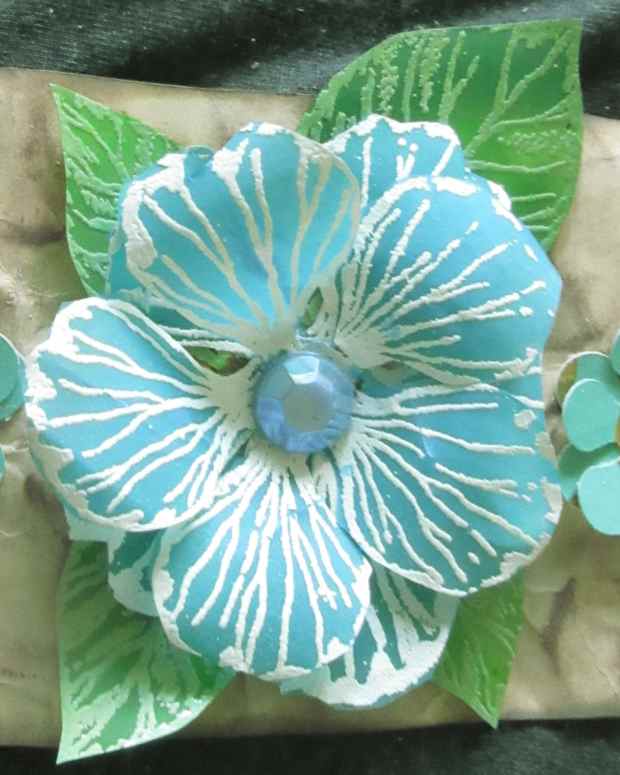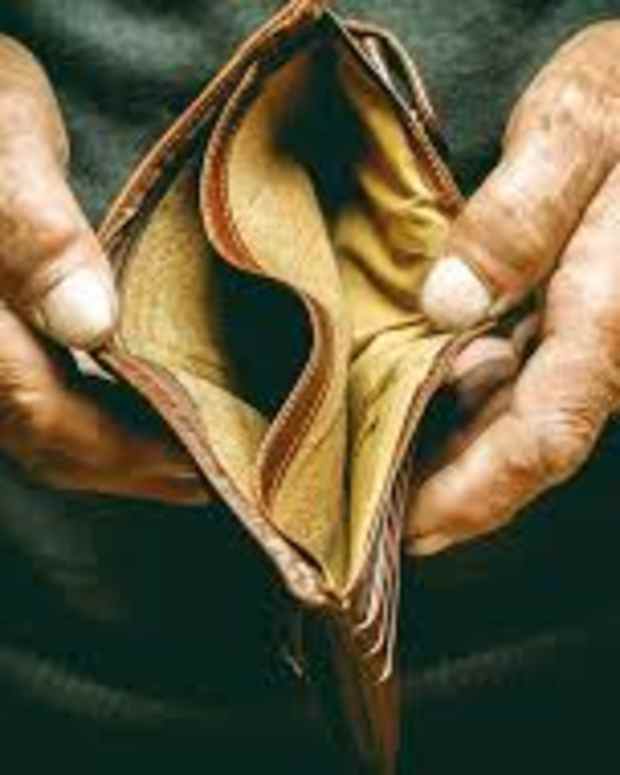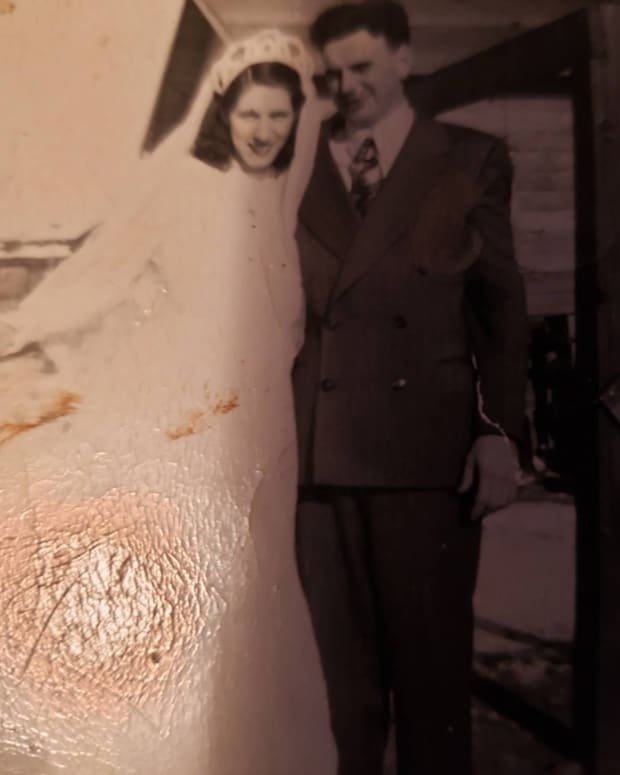The Enigmatic Priest-King Sculpture of the Indus Valley Civilization

Indus Priest/King Statue. The statue is 17.5 cm high and carved from steatite a.k.a. soapstone. It was found in Mohenjo-daro in 1927. It is on display in the National Museum, Karachi, Pakistan.
Introduction
The Indus Valley Civilization, one of the world's ancient urban cultures, has left behind a wealth of archaeological treasures that continue to mystify and intrigue researchers and historians even at this age. Among the many remarkable artefacts from this ancient civilization, the Priest-King sculpture stands out as an iconic model of the society's religious and political life. This article delves into this enigmatic sculpture's significance, discovery, and interpretation.
The Discovery
The Priest-King sculpture was discovered in 1927-1928 during excavations conducted at the ancient city of Mohenjo-daro in what is now Pakistan. The sculpture was found in a small room within a building often referred to as the "Grainary." Remarkably preserved, the statue stands approximately 17.5 cm (7 inches) tall and is carved from a steatite (a type of soapstone) material. Its impeccable state of preservation provides valuable insights into the skills and craftsmanship of the Indus Valley Civilization.
The Appearance
The Priest-King sculpture is a highly detailed representation of a male figure. The sculpture's regal and priestly features are immediately evident. The figure is depicted with a distinctive headdress, possibly a turban or crown, adorned with a trefoil diadem. His facial features are finely detailed, including a prominent nose, elongated eyes, and a beard. His left shoulder is bare, possibly indicating a ritual or religious significance, and he wears a patterned robe or shawl that covers the rest of his body. The left arm is bent at the elbow, with the hand resting on the chest.
Interpreting the Symbolism
The symbolism of the Priest-King sculpture remains a subject of intense debate among archaeologists, anthropologists, and historians. Several theories have been proposed to explain the figure's significance:
- Religious Authority: Many scholars suggest that the sculpture represents a high-ranking religious or priestly figure. The trefoil diadem and the bare left shoulder might be indicators of his elevated status within the religious hierarchy. The small object held in his right hand may be a religious or ceremonial artefact, further emphasizing his connection to religious rituals.
- Political Authority: Others propose that the figure was a political leader or ruler, given his regal appearance. The intricacy of his robe and the detailed craftsmanship of the sculpture may be indicative of his role in governance.
- Hybrid Role: It is also possible that the figure represented a fusion of religious and political authority, as was common in ancient societies.
- Ritual Significance: Some experts believe that the sculpture could have been part of a ritual or ceremony, possibly representing a deity or priest officiating at a religious event.
The Indus Valley Civilization's script, which has yet to be fully deciphered, offers little direct evidence regarding the identity of the figure. Without a clear inscription or accompanying artefacts, the Priest-King sculpture's true role remains a subject of ongoing study and speculation.
The Significance
The Priest-King sculpture is not just a remarkable artifact; it offers us a glimpse into the spiritual and political life of the Indus Valley Civilization. It speaks to the advanced artistic and technical skills of the people of that era, as well as the societal structures and religious practices that were in place at the time.
Moreover, the sculpture's exquisite craftsmanship and the fine details of the figure's attire and features reveal a culture that valued artistry and aesthetics. The fact that it was found in the Granary building hints at the possible intersection of religion, politics, and economics in this ancient society.
Conclusion
The Priest-King sculpture of the Indus Valley Civilization continues to be a source of fascination and debate among scholars and enthusiasts alike. It stands as a testament to the sophistication of this ancient culture, showcasing their artistic talent, religious traditions, and possibly the complex interplay between religion and governance. As we uncover more about the Indus Valley Civilization, this sculpture remains an essential piece of the puzzle that allows us to piece together the rich history of this enigmatic civilization.



